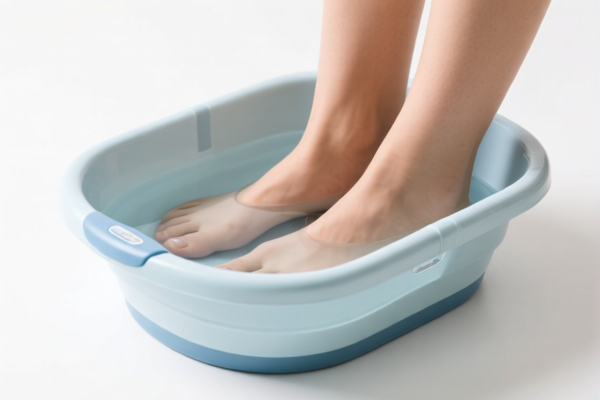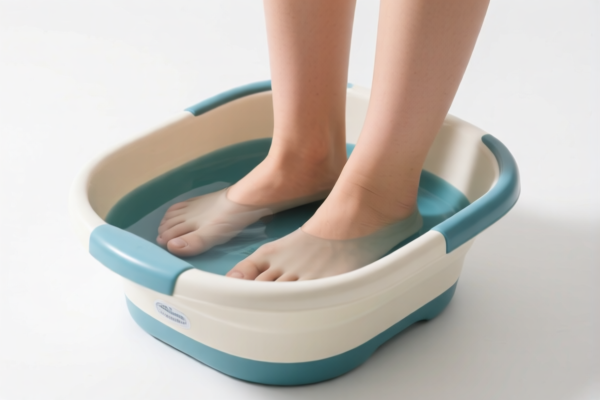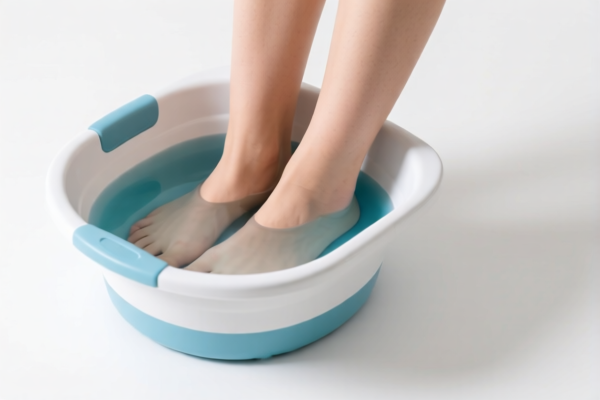| HS Code | Official Doc | Tariff Rate | Origin | Destination | Effective Date |
|---|---|---|---|---|---|
| 8205517500 | Doc | 58.7% | CN | US | 2025-05-12 |
| 3924104000 | Doc | 33.4% | CN | US | 2025-05-12 |
| 6911900010 | Doc | 42.9% | CN | US | 2025-05-12 |




HS Code Analysis for Household Items – A Comprehensive Guide
This document provides a detailed breakdown of the HS codes provided for your household items, including potential tax implications and important considerations for customs clearance.
Understanding HS Codes
HS codes (Harmonized System codes) are internationally standardized codes used to classify traded products. They are crucial for determining tariffs, trade regulations, and statistical reporting. The codes are structured hierarchically; the more digits, the more specific the classification.
Here's a breakdown of each HS code provided, along with relevant details:
1. HS Code: 8205.51.75.00 – Handtools (including glass cutters) and parts thereof
- 82: Chapter 82 – Tools, implements, cutlery, hand tools, and articles of precursors (including screws, bolts, nuts, coach screws, washers, etc.) and parts thereof. This broadly defines the category as tools and implements.
- 05: Specifically refers to hand tools (excluding those of Chapter 84, 85 or 90).
- 51: Other handtools (including glass cutters) and parts thereof. This narrows down the category to a more specific type of handtool.
- 75: Household tools, and parts thereof. This further specifies the tools as being for household use.
- 00: Indicates a further sub-categorization within household tools.
Tax Implications:
- Basic Duty: 3.7%
- Additional Duty: 25.0% (until April 2, 2025)
- Additional Duty (Post April 2, 2025): 30.0%
- Total Tax: 58.7%
Important Considerations:
- Material Composition: The material of the handtools (e.g., steel, plastic, wood) can sometimes influence the tariff rate.
- Set vs. Individual Items: If the tools are sold as a set, the classification might differ.
- Functionality: Ensure the tools are genuinely classified as household tools. Specialized tools might fall under a different HS code.
2. HS Code: 3924.10.40.00 – Tableware, kitchenware, other household articles and hygienic or toilet articles, of plastics
- 39: Chapter 39 – Plastics and articles thereof. This indicates the product is made of plastic.
- 24: Tableware, kitchenware, other household articles and hygienic or toilet articles. This defines the general category of the items.
- 10: Tableware and kitchenware. This narrows the category to items used for dining and cooking.
- 40: Other. This indicates a further sub-categorization within tableware and kitchenware.
- 00: Indicates a further sub-categorization within "Other" tableware and kitchenware.
Tax Implications:
- Basic Duty: 3.4%
- Additional Duty: 0.0% (until April 2, 2025)
- Additional Duty (Post April 2, 2025): 30.0%
- Total Tax: 33.4%
Important Considerations:
- Plastic Type: The specific type of plastic used (e.g., polypropylene, melamine) might be relevant.
- Food Contact Compliance: Ensure the plastic is suitable for food contact if applicable, as this may require specific certifications.
- Intended Use: Confirm the items are genuinely used for tableware or kitchenware.
3. HS Code: 6911.90.00.10 – Tableware, kitchenware, other household articles and toilet articles, of porcelain or china
- 69: Chapter 69 – Ceramic products. This indicates the product is made of ceramic.
- 11: Tableware, kitchenware, other household articles and toilet articles. This defines the general category of the items.
- 90: Other Toilet articles. This narrows the category to other toilet articles.
- 00: Indicates a further sub-categorization within "Other" toilet articles.
- 10: Indicates a further sub-categorization within "Other" toilet articles.
Tax Implications:
- Basic Duty: 5.4%
- Additional Duty: 7.5% (until April 2, 2025)
- Additional Duty (Post April 2, 2025): 30.0%
- Total Tax: 42.9%
Important Considerations:
- Porcelain vs. China: There's a technical difference between porcelain and china. Ensure the correct classification is used.
- Glaze Composition: The composition of the glaze might be relevant.
- Lead and Cadmium Content: Ensure the products meet relevant safety standards regarding lead and cadmium content, especially for items intended for food contact.
Disclaimer: HS code classification is complex and subject to interpretation. This analysis is based on the information provided and general understanding of HS codes. It is highly recommended to consult with a licensed customs broker or relevant authorities for a definitive classification and to ensure compliance with all applicable regulations. The tax rates are subject to change. Always verify the latest rates with customs authorities.
Customer Reviews
The page gives a good overview of HS codes for household items, but I would have liked more examples of what qualifies as a 'set' of tools for classification.
I was confused about porcelain vs. china, but the explanation under HS Code 6911.90.00.10 made it all make sense. Great resource for exporters.
The tariff rates for 3924.10.40.00 were clear, but I wish there was more info on plastic types for kitchenware. Still, it helped me a lot.
The breakdown of HS Code 8205.51.75.00 was incredibly detailed. I finally understand how to classify my household tools correctly.